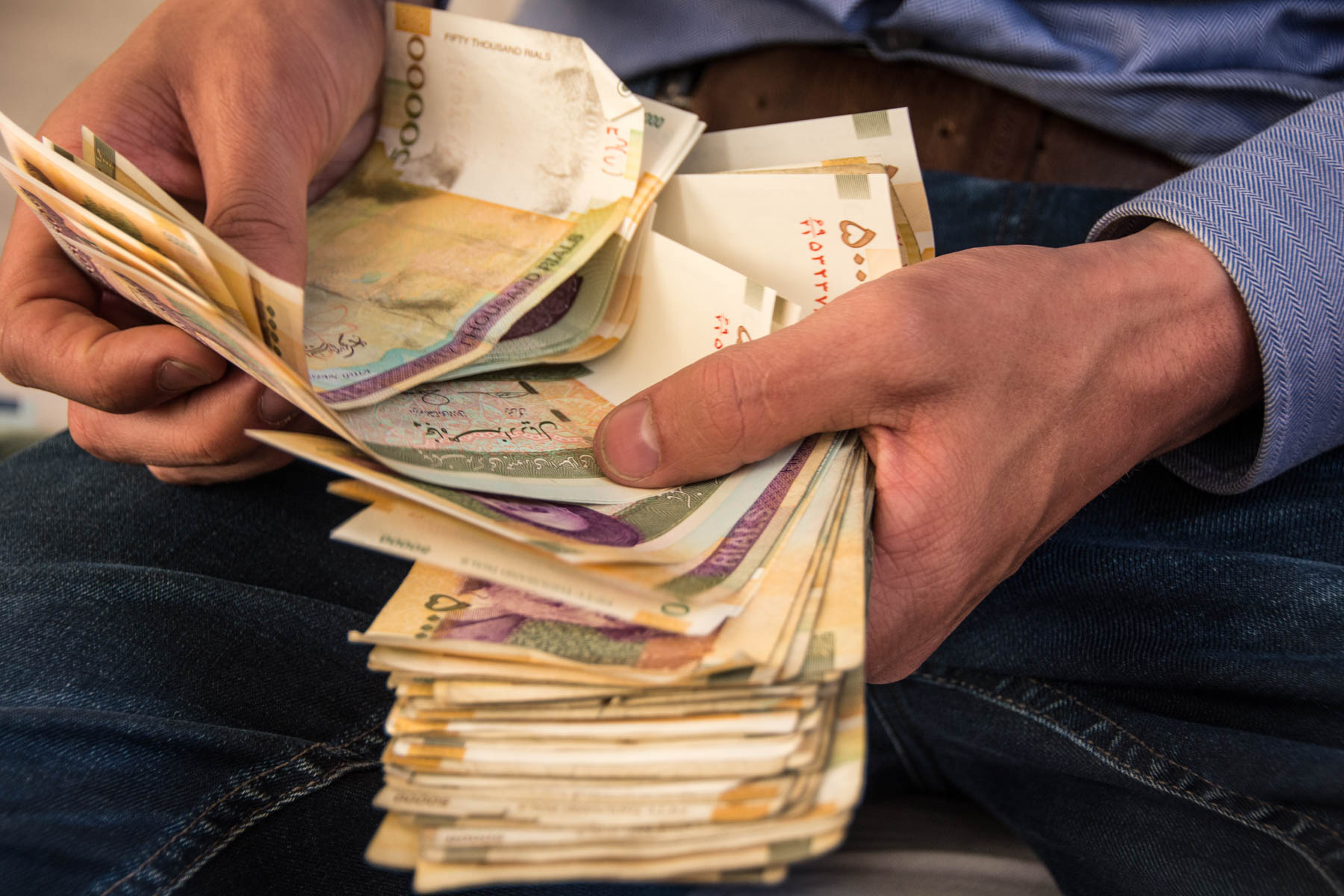Debts of banks to the Central Bank of Iran amounted to 836.1 trillion rials ($27.3 billion at the official exchange rate) by the end of the fiscal year that ended in March, marking a year-on-year decline of 2.6%.
The 27 plus private lenders and credit institutions managed to cut their debts to the CBI by 48.1%. The amount of private bank debts held by the CBI amounted to 124.4 trillion rials ($4.06 billion).
Five specialized bank, all state-run, accounted for 572.9 trillion rials ($18.7billion) [or 68.5%] of the banking sector debts to the CBI.
The three state-owned commercial banks owed the CBI 138.8 trillion rials, marking a year-on-year growth of 134.9%, according to data released on the CBI website on Thursday.
Iran’s economy is overly dependent on its banking system, which has been inhibited by unusually large levels of bad debts, and near prohibitive lending rates.
According to Economy Minister Ali Tayyebnia, the high cost of borrowing money, the faltering conditions of local banks and their balance sheets, the flow of bank credits into unproductive sectors, and the high ratio of bad loans and toxic assets, which account for 42% of banks' total resources, are the most pressing issues facing the banking industry and the economy at large.
Banks’ total foreign assets were worth 2.3 quadrillion rials ($75.3 billion) by the yearend, posting a 20.8% growth compared with the same period last year. The share of private banks stood at 1.45 quadrillion rials. At 510.6 trillion rials, specialized banks showed a significant growth of 29.5% in their foreign assets, year on year.
Figures also show that banks were keeping 1.01 quadrillion rials ($33.3 billion) with the CBI in reserve requirement. The amount grew by 19.9% compared with the previous year’s 850 trillion rials.
Liquidity
The money supply reached 10.17 quadrillion rials ($332.5 billion), up by a whopping 30% year-on-year, according to CBI data.
Iran’s total foreign debts were put at $7.4 billion, $5.4 billion of which are long and medium-term.
The data also shows that government owes banks almost 1.2 quadrillion rials ($39.8 billion), suggesting a 17.1% growth compared to the same period last year. Private business debts to the banking system was 7.36 quadrillion rials ($240 billion) by the end the previous year, marking 16.7% growth Y/Y.
To help lift manufacturing units out of the long and painful recession, the CBI has announced it would ease lending restrictions on SMEs indebted to the banking system. To this end the bank has extended the repayment of debts less than 10 billion rials ($327,000) for one more year.
Private sector’s total deposits in the banks surged by 31.2% by March 19, standing at 9.8 quadrillion rials ($320.3 billion). Long-term deposits [with higher returns] accounted for 8.1 quadrillion rials ($267.6 billion) of private sector total deposits, accounting for over 80% of deposits.
Private banks seem to be more appealing to the private sector, as 72% of non-government deposits were in non-governmental banks by the end of the previous fiscal year.
As banks announced new deposit rate cuts last week, it is expected that bank deposits will take a hit and an inflow of capital to other sectors of the economy would ensue.
The CBI also reported on the banking sector’s total loans paid in terms of contracts, showing that 44% of loans are paid through equity participation contracts. Buying goods on installment on behalf of customers ranked second, as it accounted for 11% of loan contracts.


